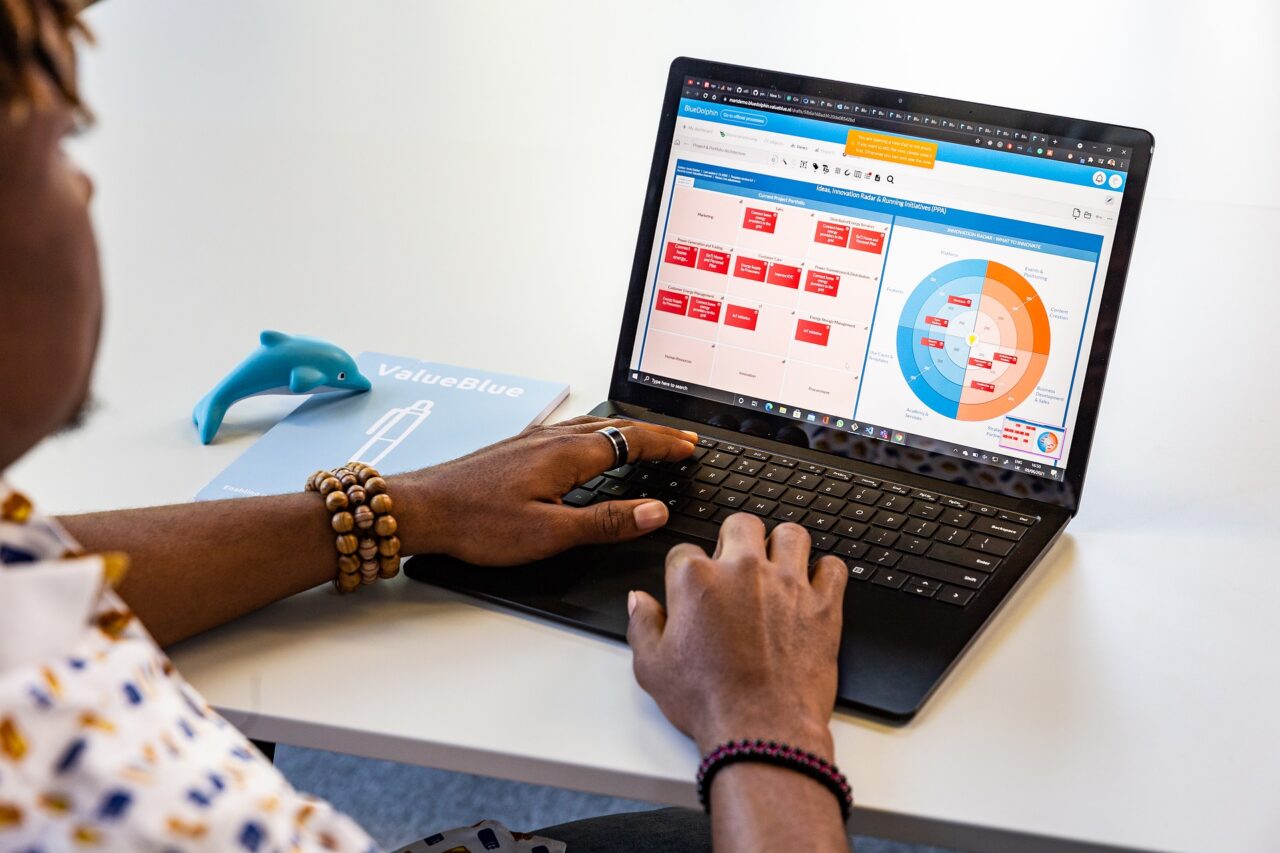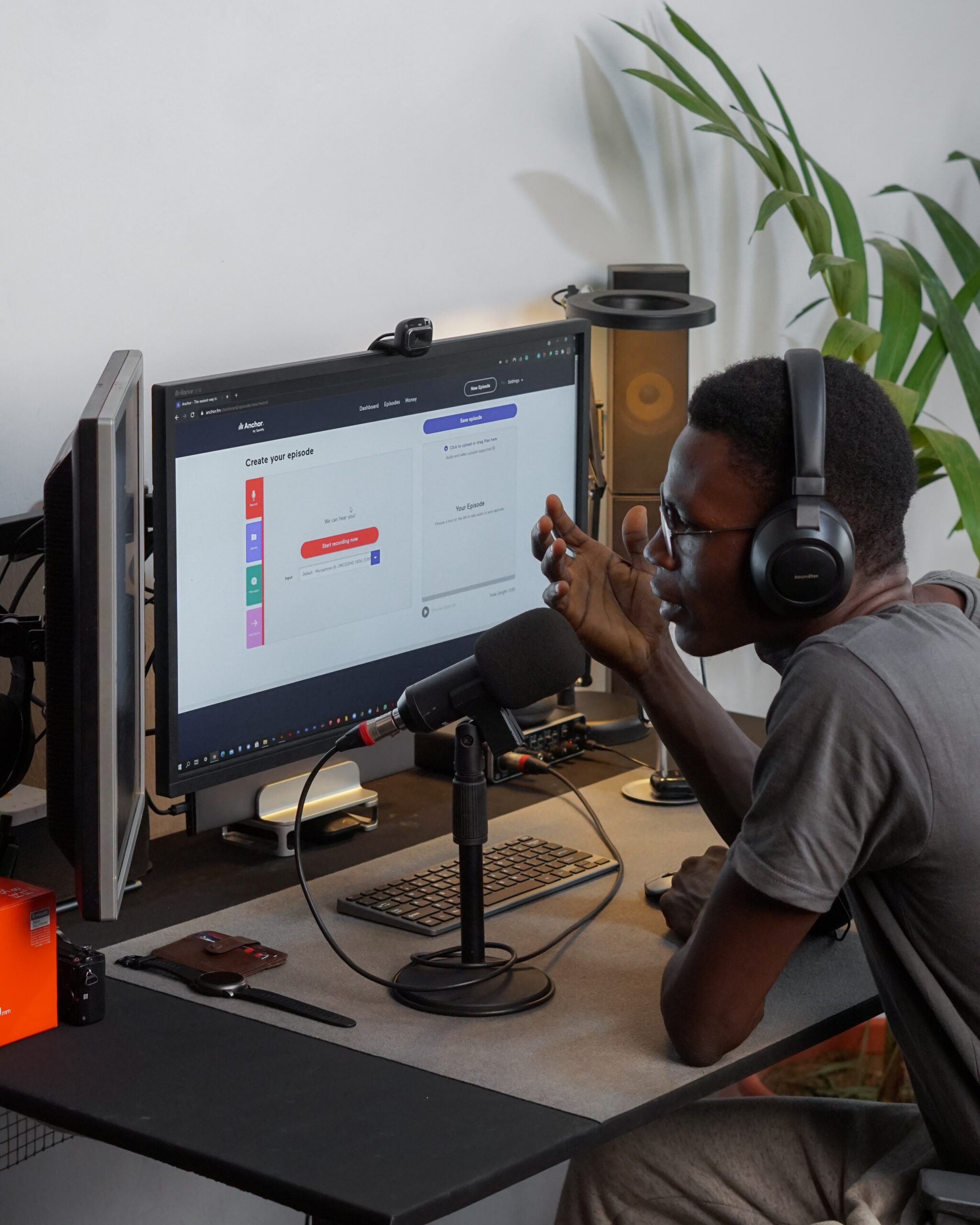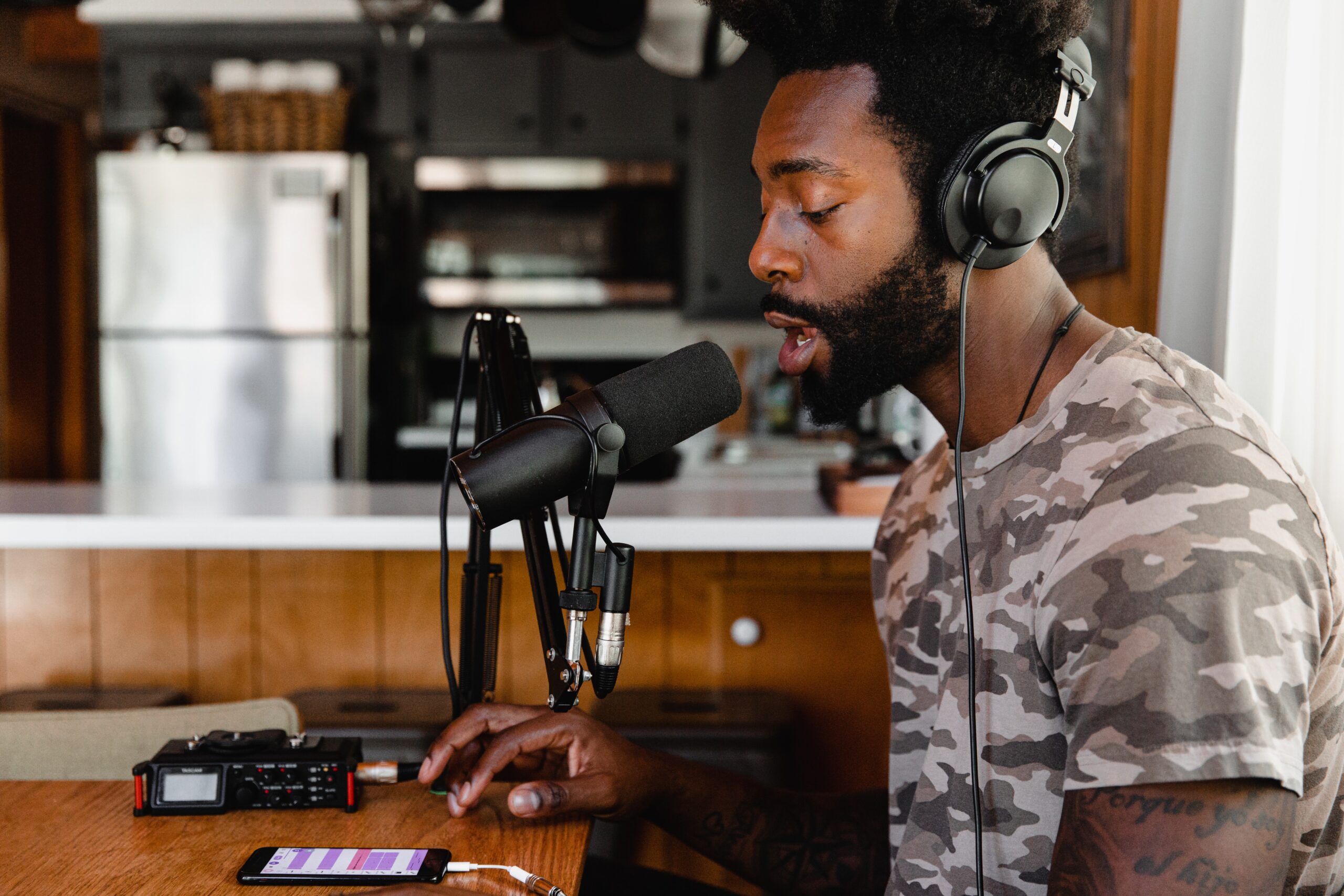Whether you aspire to build a brand empire or are just trying to bring in a little extra money as a side hustle, e-commerce is a great driver for success. With so many resources online, finding the right platform to launch and sell your product on can be tricky. Right off the bat, Amazon and Shopify are two of the major platforms – and your go-to platforms – that we’ll discuss. We’ll help you walk through your options in order for you to best optimize your product, and really capitalize on how lucrative selling online can be.
The first step is to figure out what you want to sell as this will dictate the platform you sell on and, more importantly, what business model is right for you. For example, if you plan to create your own merchandise, like knit sweaters for dogs and cats, with everything completed in-house, you may not have outside suppliers. This means that you can fulfill orders yourself. For this example, you would look to put your product on a website like Etsy, an e-commerce platform known for selling arts, crafts, and other creative products from independent or smaller sellers. If you’re looking to sell products based on a personal brand, Fulfillment by Amazon, also known as Amazon FBA, may be your best option. We’ll dive deeper into Amazon FBA below.
Amazon FBA, which we will talk more about below, is another model to consider. Through this service, Amazon does order fulfillment and storage for you. One way to use this effectively with a branded product, like t-shirts and canvas bags, is to have them printed on demand and shipped to Amazon’s warehouses from a supplier. Then, Amazon would handle the packing and shipping of the order to your customer. If your goal is to have a business based on a personal brand, Amazon FBA is your go-to.
Once you have solved the big question of what to sell, figured out suppliers (should you need them), negotiated how you are receiving your product and how much it will cost, you can decide on the best marketplace to use. While there are several online platforms to choose from including eBay, Etsy, Squarespace, etc., when it comes to selling online there are two leading choices: Amazon and Shopify.
Amazon
Amazon, Jeff Bezos’ multi-billion dollar online, one-stop shop is the largest e-commerce marketplace for buyers and sellers. While it is more challenging to set up than an eBay account, the challenge is worth it. Of the top retail eCommerce platforms, Amazon leads the pack, producing 41% of all e-commerce sales in 2021 to date. When your product has a larger audience, the chance that you will get organically found goes up. While both Amazon and eBay have business pages selling products, eBay has a long history of being the place for ordinary people to sell things they no longer need whileAmazon has the perception of being a home for businesses.
By choosing to sell on Amazon, you have access to their FBA program. FBA is a service made to help founders of small businesses as it allows Amazon to store, pack, and ship products for you, thus allowing you to spend more time on building out your business and focusing on marketing and sales without having to hire a logistics team – which can be costly – onto your payroll. This is a system in which your product and business can sell with limited interaction from you. You will still need to help maintain the day-to-day processes and handle any inventory issues, but utilizing Amazon FBA can lower your work hours on this portion of the business to 15 to 20 hours per week. Reducing hours in this area is a massive gain in the time you will have to plan the future. With the power and logistics of one of the most advanced fulfillment networks in the world, not only will your customers be happy with the shipping speed and packaging detail, but you will also be able to grow other aspects of your business without worrying about the day-to-day order fulfillment.
Shopify
One easy way to make your online store is through Shopify. As a retail point of sale option for online stores, Shopify is one of the leading e-commerce platforms many turn to when creating their own online business. Shopify gives you the freedom to customize and make your store fit exactly to your preferences both functionally and aesthetically It also allows you to stand alone in the space, meaning your site is strictly yours – with your own domain name, your own home page, and only houses your business’ products. While you have competition on Shopify as many businesses also use the platform to create their own personal sites, your products will not get displayed alongside every other seller as they would on Amazon, eBay or Walmart for example. . On the contrary, you are also losing out on the potential audience and strength of the power of the search engine you get with Amazon. Thus you may end up spending more time marketing and driving more traffic to your website to generate sales as you miss out on organic search results. While not necessary a downside, you should weigh the pros and cons, and weigh out your options when n deciding between your options.
Once you have figured out the right selling platform, begin thinking about your marketing strategy, especially if you are on your own website and looking to build a brand. If you are starting with a tight budget, like many first-time founders, there are plenty of ways for you to start building a community around your brand. Beginning to utilize social media and influencers is a great jumping off point. From Instagram, Pinterest, Facebook, TikTok and Youtube, there are plenty of popular platforms that you can use to interact with millions of people without spending a lot of hard dollars. Building a following can provide you with social proof that will enhance your future marketing. From there, developing owned media with a blog or a YouTube channel can be an excellent way to drive traffic.
Choosing where your internet niche is difficult, but following this guide will help you take the guesswork out of it and make your life a little easier. While selling online can be complicated at times, it is exciting and fulfilling to create something of your own and succeed in doing so . Right now with the internet and an idea, you can create a brand that could one day be your full-time job. With that and knowing where to put your products, you can build an empire (if that’s your thing). That is all it takes: the internet, an idea, and a plan







